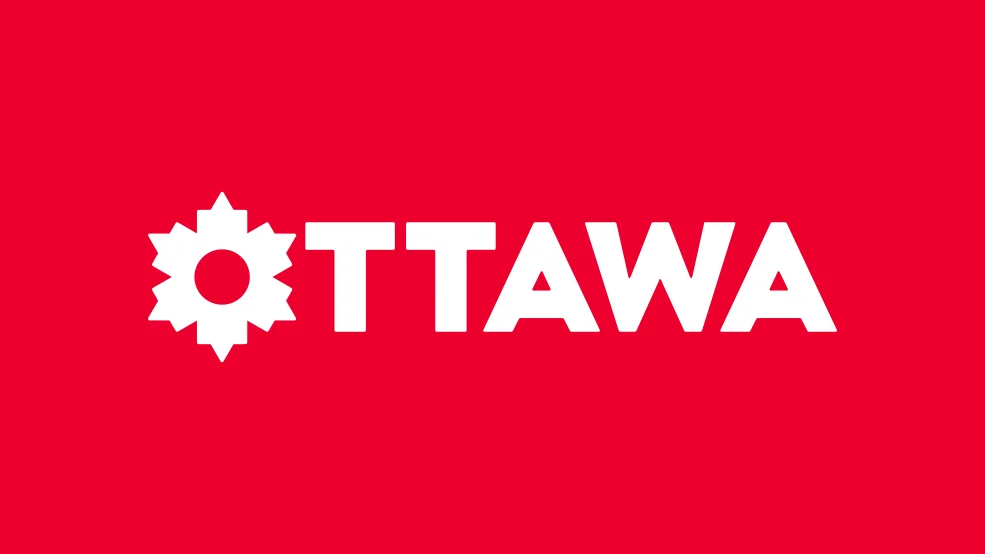The COVID-19 pandemic has seen chefs and catering staff reinvent and rethink how food is obtained, prepared, presented and served at events. Sometimes, they’re reimagining events altogether, as restrictions and public health advice continue to change. Let’s take a look at some of the food and beverage (F&B)-related trends that meeting and event planners are following in 2021 and their potential impact on the future.
Eating with the eyes
Guests don’t have to be present in person to attend an enjoyable and effective food-related event. Many meeting venues have tapped their chefs to host virtual cooking classes and demonstrations over the past year, with great results. For example, during the launch event for Ottawa Tourism’s new Virtually Ottawa platform, Patrick Turcot, Executive Chef at Rogers Centre Ottawa (formerly Shaw Centre), offered a skillet-cookie baking demonstration. Chefs can provide an ingredient list when people sign up for the virtual event or offer guests the opportunity to order a curated box of ingredients and have it delivered in time to cook along with the demonstration.
Move away from the buffet
Since the start of the pandemic, in-person events have shifted away from buffets and self-serve food stations in favour of table service and pre-plated meals, to maintain physical distancing. Some venues are pre-packaging food portions, giving the meal a more casual look and feel that’s in line with a pre-pandemic trend away from fancy or fussy dishes. Seated conversation at small tables has replaced standing networking and mingling before the meal. These trends could persist even after most Canadians are vaccinated, as some people’s behaviours and comfort levels may have permanently shifted.
Focus on healthy and local
There has been a strong call for Canadians to support local businesses, including farmers and food producers, during this challenging time. Pandemic-related supply-chain difficulties have made it easier and less expensive for chefs and caterers to source ingredients close to home and work with seasonal and Canadian flavours. Going forward, event venues may choose to offer more limited menus that are tightly focused on what’s in season and rely more heavily on guarantees to ensure availability of menu items. Ottawa’s culinary community is well served by over 1000 farms—more than Montreal, Toronto, Calgary, and Vancouver combined!
The popularity of and demand for plant-based meals and foods also continues to grow, so meeting planners should expect to provide an expanded range of options in this area, especially as new products (such as meat alternatives and faux cheese) continue to enter the market.
Tech support
Scannable QR codes that bring up menus on a guest’s smartphone (to prevent touching paper menus) are already in use at some venues and restaurants, and their uptake is expected to grow. To control crowding and permit adequate distancing, some event spaces are also piloting technologies that allow seated attendees to order drinks directly to their table instead of lining up at the bar, or to let exhibitors order food from a concession stand and have it brought to their booth.





